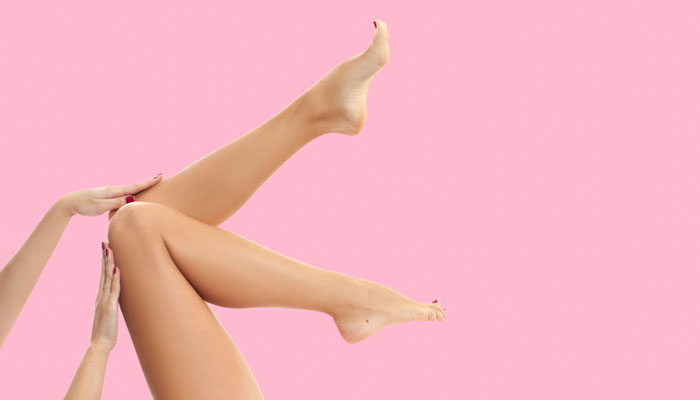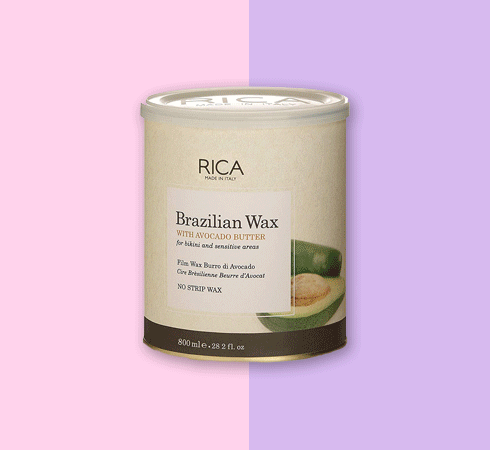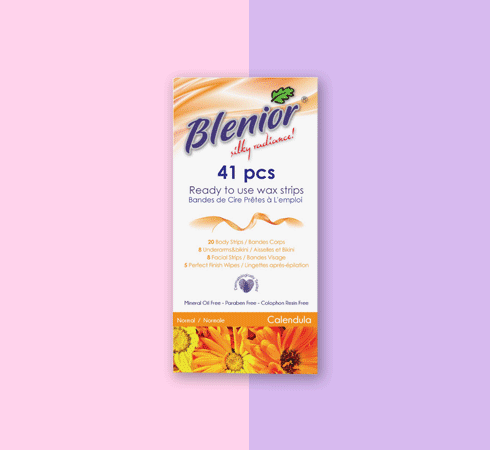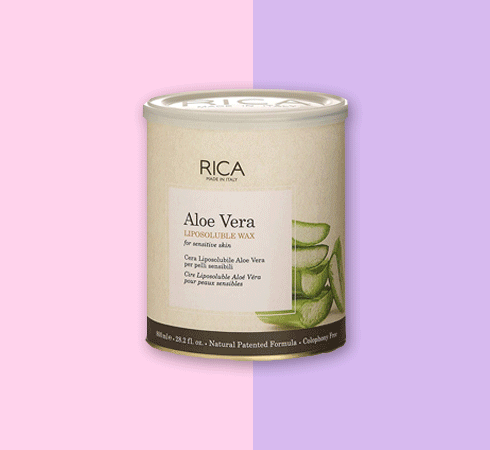
Despite the popularity of laser hair removal, body waxing remains the quickest, easiest and most affordable way to get rid unwanted body hair. But with the enormous array of choices out there, knowing which body wax is best for hair removal and best suits your skin type can get confusing.
Read on to know the best hair removal body wax for you that won’t leave you with red, itchy or blistered skin.
-

• Body Waxes For Dry Skin
Dry skin doesn’t produce enough sebum and needs creams and lotions to maintain hydration levels. Not giving dry skin adequate TLC leads to flaking. Using regular wax (that normally has a mild exfoliating action) can leave skin even drier and itchy. That’s why dry skin needs extra hydration after waxing, over and above the pre- and post-depilatory lotions. Using a sugar and lemon formula or one infused with natural moisturizing ingredients like chocolate, avocado and shea butter are excellent choices for dry skin. Rica Brazilian Wax With Avocado Butter for instance is enriched with Avocado Butter Oil and Milk to nourish, moisturize and tone sensitive, dry skin without irritating it. Similarly, Veet Full Body Waxing Kit Easy-Gelwax Technology Dry Skin or Body Care Chocolate Hot Wax are good choices too. The Body care formula is allergen and paraben-free formula, and contains Sucrose, Lemon Juice and Cocoa Powder. Another great option is Veet Full Body Waxing Kit Easy-Gelwax Technology Dry Skin.
-
• Body Waxes For Oily Skin
Oily skin generally has excessive levels of sebum and this can become an issue if you intend to wax areas on your back and face. However, this doesn’t affect waxing on legs and arms. Ideally you should use a light dab of talcum powder on the area to be waxed to ensure the wax firmly attaches to unwanted hair. Blenior Wax Strips Complete Set - Calendula (41 Pieces) is a practical choice when you ant a full body wax; the ‘large-sized’ strips for body and legs, ‘middle sized’ strips for armpits and sensitive areas and ‘mini sized’ ones for the upper lip or facial hair. Oily skin tends to look dull because of overactive sebaceous glands. The The Body Care Chocolate Hot Wax has a creamy consistency and removes skin dulling surface cells even as it moisturizes skin after depilation.

-

• Body Waxes For Sensitive Skin
Sensitive skin is prone to breakouts, itching and irritation. Therefore, it’s important to use a hair removal wax that’s suited for your skin type. Ideally it should be hypoallergenic and fragrance-free to minimize the risk of allergic reactions. Avoid using Beeswax that can cause a strong allergic reaction in some people. The Rica Aloe Vera Wax For Sensitive Skin contains healing Aloe that heals and nourishes skin. It contains natural vegetable oils and is 100% colophony free. Colophony is a skin sensitizer that causes allergic dermatitis. Blenior Roll-On Wax - Aloe Vera is also an excellent choice for sensitive and dry skin types. Dermatologically tested, it is also paraben-free, mineral oil-free and sugar-free. You could opt for Veet Full Body Waxing Kit Easy-Gelwax Technology Sensitive Skin.
It’s always a good idea to use a soothing after wax lotion like Rica Rose After Wax Lotion that gently removes wax residues. After drying the waxed areas, dab on Biotique Bio Vera Ultra Soothing Body Lotion 75 + SPF UVA/UVB Sunscreen, a nutrient-rich, natural ingredient-based formula enriched with soothing Aloe Vera that nourishes and moisturises.
Now go flaunt those silky smooth (and hair-free) arms and legs!

